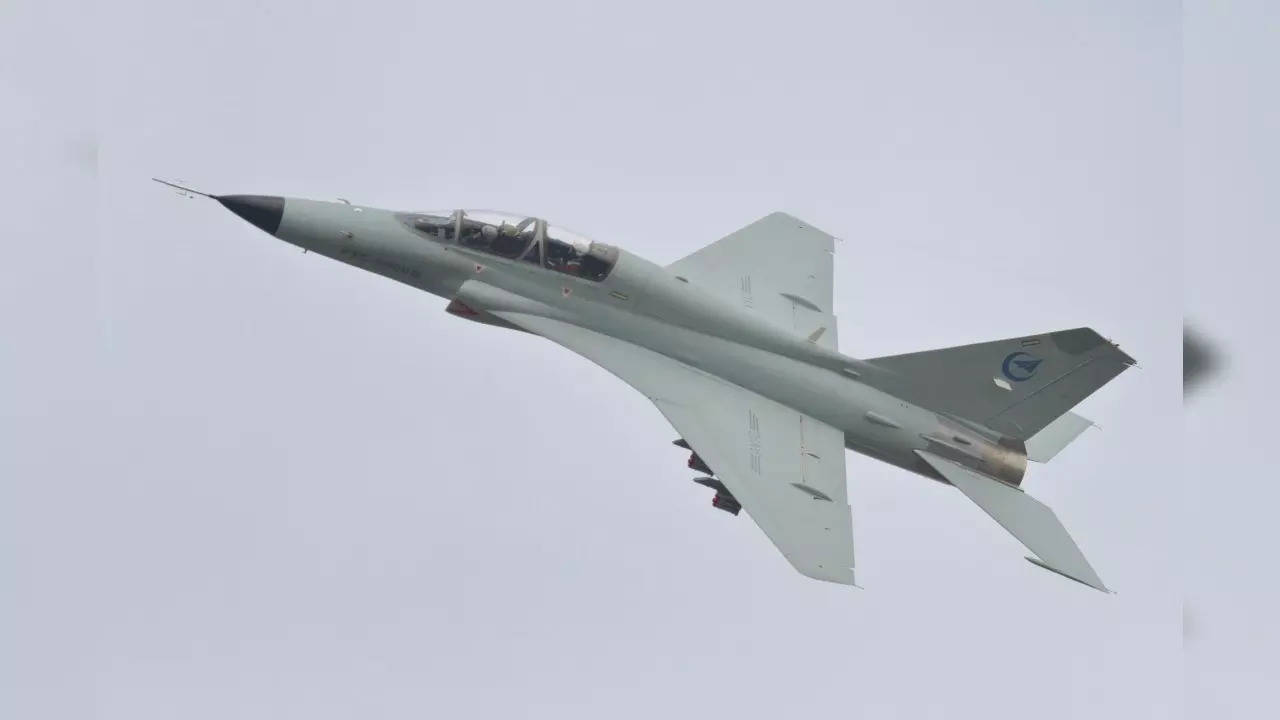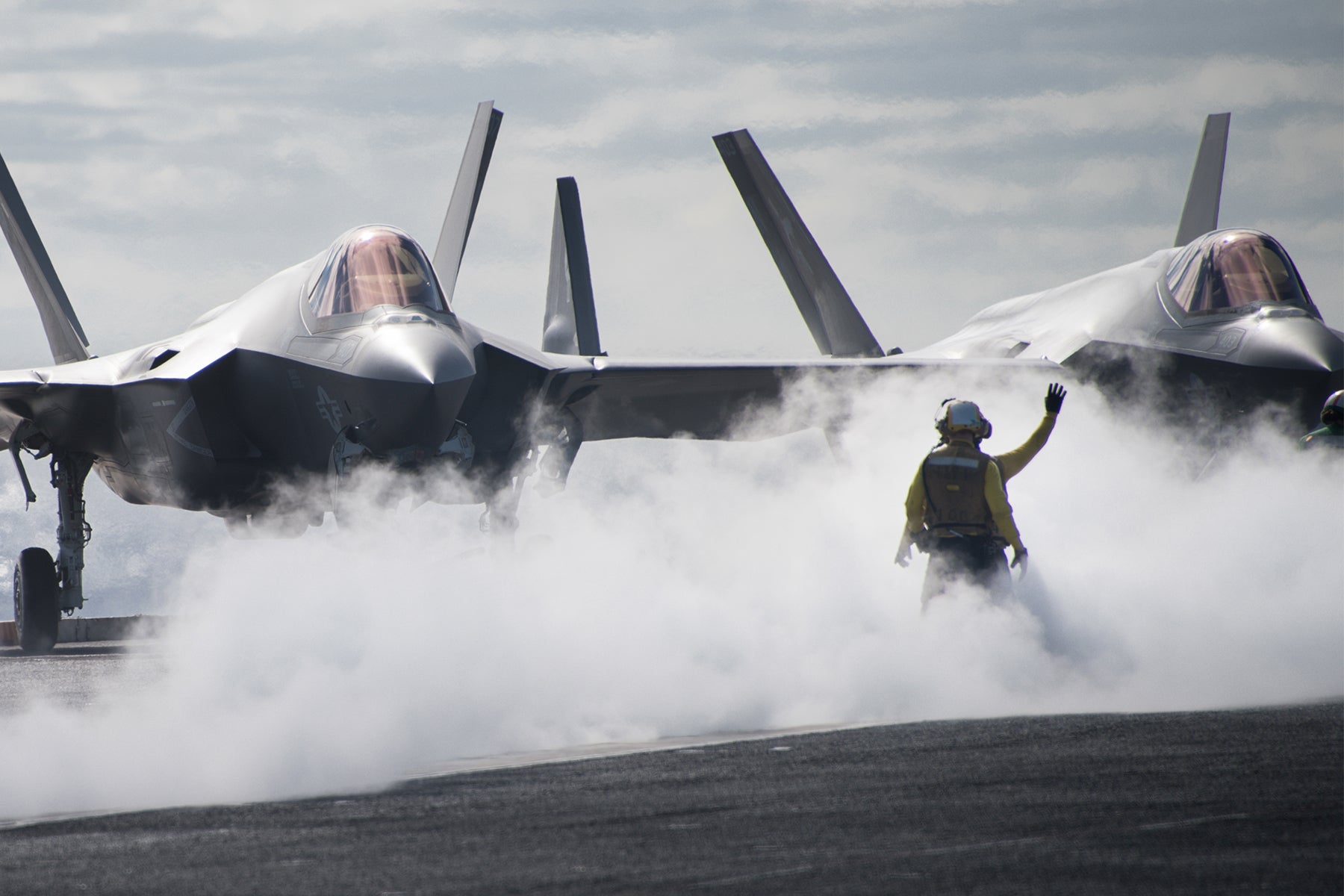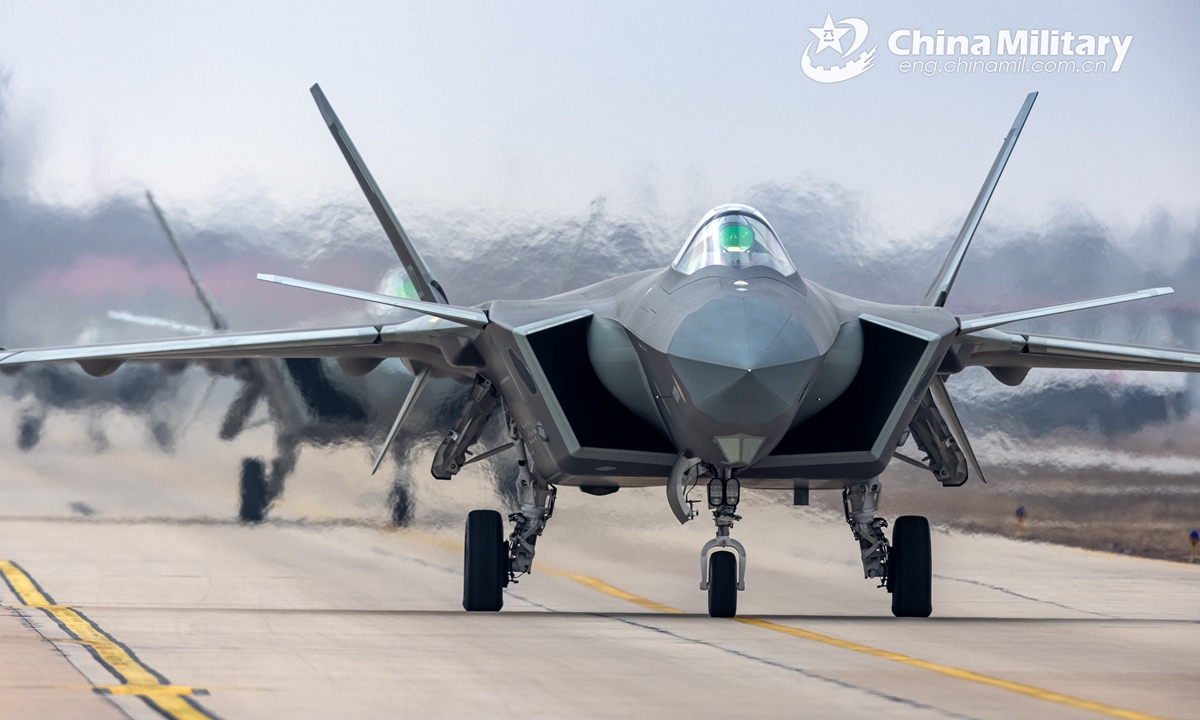China Jet Fighter - Chgdu J-20 (Chinese: 歼-20; pinyin: Jiān-Èrlíng), also known as Mighty Dragon (Chinese: 威龙; pinyin: Wēilóng),
The aircraft has three variants: the first production version of the J-20A, the thrust vectoring J-20B, and the two-seat J-20S.
China Jet Fighter

Making China the second country in the world and the first in Asia to have an active airliner.
China's J 15 Fighter Jet Is A Cousin Of Russian Sukhoi Warplanes, Says Report
The J-20 evolved from the late 1990s J-XX program. In 2008, the PLAAF accepted Chgdu Aerospace Corporation's proposal, Project 718; Shyang's proposed aircraft was larger than the J-20.
Chgdu previously used the twin configuration on the J-9, its original and canceled design in the 1970s, and the J-10.
In 2009, a PLAAF official revealed that the first flight was expected in 2010-11, with a test date of 2019.
On December 22, 2010, the first J-20 prototype performed high-speed taxi tests outside the Chgdu Aircraft Design Center (CADI).
China Delivers First J 10ce Fighter Jets To Pakistan In A Milestone Move
The first picture is painted with the number "2001". In May 2012, the second prototype flew at the CADI facility.
Some changes were made to the third version of the J-20, which was numbered "2011", which entered service in March 2014.
The new airframe featured modified diverterless supersonic (DSI) inlets, a stealth fairing, a modified underbody fairing and redesigned stabilizers. Analysts noted new equipment and tools for multi-role operations, such as integrated targeting pods for precision-guided bombs, and six more passive infrared sensors as well. they can be seen around the plane.

In December 2015, the Low Rate Initial Production (LRIP) version of the J-20 was seen by military observers.
China Is Sending Its Most Advanced Fighter Jet To Patrol Disputed Seas
The LRIP flight revealed dielectric surfaces that were previously painted for prototypes, containing various pots of ssors or mature radar-absorbing materials.
In October 2017, Chinese state media reported that the designs for the J-20 had been completed and were ready for mass production, as well as combat readiness.
In January 2019, Chinese media reported that the two-seat version of the J-20 is said to be continuing to be used in strategic bombing, electronic warfare and strike missions.
In November 2019, a yellow J-20 was spotted during a test flight by defse observers at the Chgdu Aerospace Corporation production facility. The aircraft is fitted with new type WS-10 Taihang fairings with serrated afterburner nozzles to improve stealth.
China Sends 39 Aircraft Into Taiwan Adiz, Countering Big U.s. Drill
Chinese media reported that a new version of the J-20, the J-20B, was unveiled on July 8, 2020, and mass production was suspended on the same day. The only change mentioned was that the J-20B would have a thrust vectoring control system.
Conflicting reports emerged about the exact type of denim. Critic Andreas Rupprecht expressed doubts about the use of Russian engines in the J-20, as he believes that the J-20 uses a variant of the WS-10, which he called the WS-10C. This jet has improved targeting, more rounded afterburners, and higher reliability, but is not designed to penetrate, unlike the WS-10 TVC shown on the J-10 at the International Air and Space Show Air China 2018.
Analyst Jamie Hunter believed that the new type of jeans was what he called the WS-10B-3, a Chinese-made thrust vectoring jeans shown at the 2018 Zhuhai Airshow.

In January 2021, the South China Morning Post reported that China will replace the Russian engines in the J-20 stealth fighter with a Chinese version of the engine called the WS-10C.
Chengdu J 20
In June 2021, Chinese media confirmed that the squadron was assigned an advanced version of the J-20A that integrates domestic WS-10C engines.
Although it can be replaced, the WS-10C is considered as an interim solution before the Xian WS-15 passes standards. In addition, the WS-10C will not be installed on the J-20B, the thrust vector version of the J-20 that stopped mass production in 2019, which still needed further testing. In general, Chinese engineers believe that the WS-10C is comparable to the AL-31F in performance,
In January 2021, the Aviation Industry Association of China released the computerized instructions for the two-seat version of the J-20 fighter in celebration of the 10th anniversary of the first flight of the aircraft.
In February 2021, a South China Morning Post infographic described a two-seat version of the J-20 powered by WS-10C thrust vectoring.
Why China's Latest Jets Are Surpassing Russia's Top Fighters
The two-seat design allows the second pilot the ability to coordinate attack support and surveillance from other networked aircraft or unmanned aerial vehicles (UCAVs) connected via systems and equipment. loyal wingman". The advantage of the second machine includes the possibility of better interpretation and the use of large details that can overwhelm the weak mental and processing power of one person, especially in the disputed spiritual battle.
In December 2022, Chinese military analysts indicated that the WS-15 was in the final stages of testing and development.
At the end of December, a prototype of the new J-20 model was seen at the facilities of Chgdu Aerospace Corporation. The new model is painted in the original yellow color and differs from the previous J-20 in its airframe design, with a low-profile canopy designed to improve transonic flight performance. and the way it moves. The new structure can be used to test the WS-15 instrument and thrust vectoring.
The J-20 has a long, thin fuselage, with a sculpted nose section and a frameless canopy. Behind the pitpit is a diverterless supersonic inlet (DSI) with limited visibility. The spread dihedral areas surrounding the canard are placed behind the intakes, and are followed by leading extensions that meet at the delta wing with the leading curved edges. The rear end features two curved fenders, all-outer fenders, short but deep vtral stripes, and regular or slightly see-through denim.
This Is The Clearest Photo Yet Of Chinese Navy's J 35 Fighter
This requires sustained power to take off at a high attack speed, where a conventional aircraft would lose performance due to stalling. On the other hand, the chair can deviate in the direction of the attack, avoiding stopping and thus maintaining control.
The canard design is also known to provide better supersonic performance, better supersonic and transonic turning performance, and improved short-range performance compared to a conventional canard design. delta wings.
Leading extensions and body lifts are included to improve the performance of the structure. This combination is claimed by the designer to produce 1.2 times the lift of a standard delta canard, and 1.8 times the lift of a pure delta configuration of the same size. The designer claims that such a combination allows the use of a smaller wing, reducing supersonic drag without destroying the transonic drag components that are essential to the flight's performance.
The use of a bubble canopy, wide flight control surfaces, and a canard configuration for angle of attack control reflect the J-20's intended performance in high-altitude air missions with various visual gages. . Chief test pilot Li Gang describes the J-20 as being comparable to the Chgdu J-10 while being much better with low noticeable performance (LO). The J-20 is a multi-role air fighter, of which the interceptor role is only one of the options.
China's Naval Fighter Jet, J 15 'flying Shark,' Is Finally Powered By Indigenous Turbofan Engines — Media
The J-20 avionics aims to achieve situational awareness through advanced ssor fusion while providing the adversary with situational awareness through stealth and electronic warfare. The J-20 has an integrated multi-source avionics system capable of providing omnidirectional protection.
Official information about the type of radar the J-20 uses has not been made public. Some analysts believed that the J-20 used a type 1475 Active Electronically Scanned Array (KLJ-5) radar (AESA) with 1856 transmit/receive modules,
Some analysts point out that, based on the J-20's nose section and known data from one area of the transmit/receive module on the J-16's AESA radar system, the J-20 may have 2000-2200 transmit. / accept modules. .

Post-2011 utility prototypes and production models have an improved nose section with an electro-optical/infrared targeting system and an advanced communication interface on top of the aircraft, enabling it to coordinate details and other service-related platforms, such as. early warning drones. Six electro-optical sensors called Distributed Aperture System
Australia Says A Chinese Fighter Jet Intercepted Its Plane In May
(similar to EODAS) can provide omnidirectional protection to the pilot with a ssor fusion system that combines the radar signal with the IR image to provide better situational awareness.
The combination of a compact target group with a comprehensive passive-optical tracking system, similar to the design concept of the Lockheed Martin F-35 avionics package.
Beijing A Star Science and Technology has developed the EOTS-86 electro-optical targeting system and Distributed Electro-Optical Opening System for the J-20, and other potential PLAAF fighters, to detect and intercept stealthy aircraft.
The aircraft has a fully digital cockpit with a large color liquid crystal display (LCD), three small auxiliary displays and a holographic display (HUD).
J 20a: China Has Upgraded Its Best Stealth Fighter Jet With Domestic Made Engines
The size of the LCD screen is 610 mm × 230 mm (24 in × 9 in), diagonal size 650 mm (25.63 in), with two backlight devices for inactivity.
The aircraft is equipped with a helmet-mounted display (HMD), which displays combat information in the pilot's helmet visor and missile launchers in a high-resolution view.
A large weapons bay can accommodate air-to-air missiles (AAM; PL-12, PL-15 - PL-21) and precision-guided munitions (PGM; LS-6/50, LS- 6) . /100),

While two small rear-air gun emplacements are included for short-range AAMs (PL-10). These side panels allow the bay doors to be closed before firing the missile, improving stealth and allowing the missile to be launched in the shortest possible time.
Canada Accuses Chinese Air Force Of Nearly Causing Collisions
The J-20 is said to have no internal autocannon or rotary cannon, suggesting that the aircraft is not intended for short-range combat, but for long-range missile defense such as PL-15 and PL-21.
The J-20 may use air-to-air missiles for reconnaissance
Sig p365 tulster holster, sig p365 iwb holster, sig holsters p365, sig p365 sas holster, sig p365 xl holster, sig p365 hybrid holster, appendix holster sig p365, safariland holster sig p365, sig p365 belt holster, sig p365 holster, sig p365 purse holster, sig sauer p365 holster
0 Comments